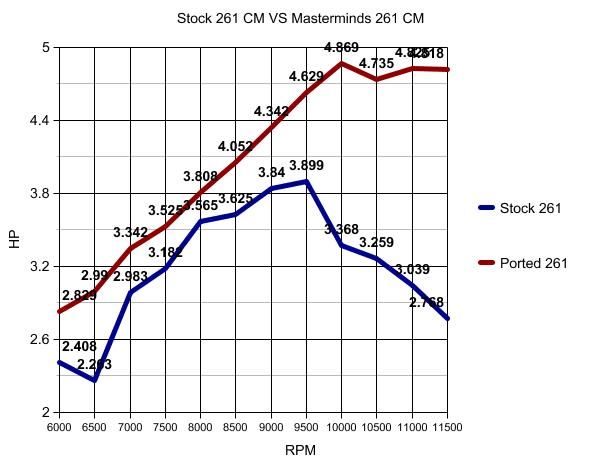Chris-PA
Where the Wild Things Are
OK, if calculating things is a problem then drive a generator and measure the watts with a wattmeter. You would of course have to calculate hp from watts. When one measures torque on a dyno, typically the actual measurement is voltage from a load cell which must then be converted to torque by knowing the how it is calibrated and how long an arm is used.It would seem those methods would require you to calculate the horsepower, after measuring current or temperature rise?
The discussion of how any of the terms are measured and if it is done directly or if further calculations are needed is a distraction from the issue of what the terms mean. There is a valid idea people are trying to express, which was well described by wcorey in comment #49 http://www.arboristsite.com/community/threads/torque-vs-chainspeed.271594/page-3#post-5178290 , but using the wrong terms just promotes confusion. It is not a trade off between torque vs. rpm, it all about power and and the shape of the power band.







